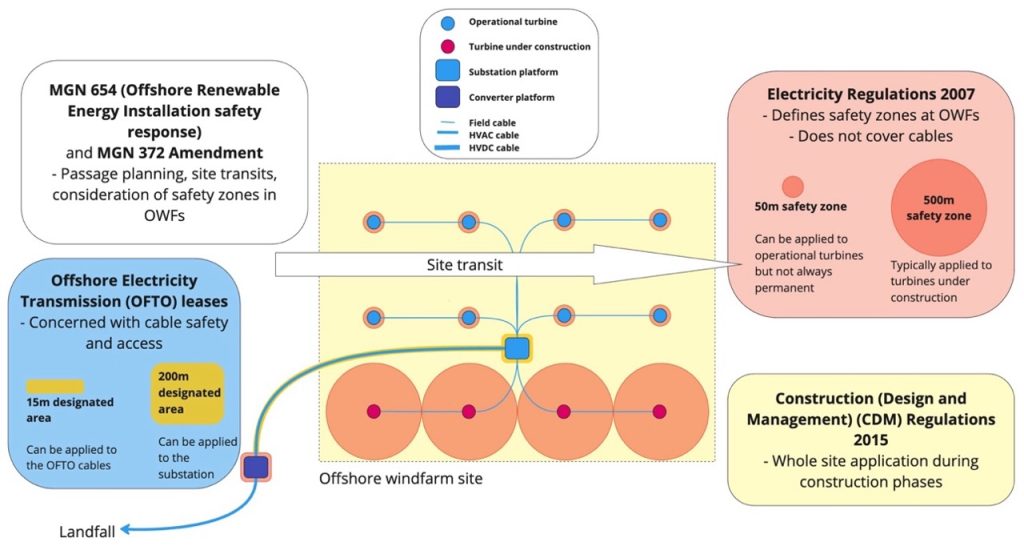To help meet the UK’s offshore wind targets the ECOWind programme is investigating the environmental effects of offshore wind farms to better inform and support strategic decision making. Of understated importance is for research projects to work closely with the offshore wind developers to safely send survey teams into offshore wind farms to carry out the critical research needed.
To support offshore wind site access, the ECOWind programme has recently published the Access to Offshore Wind Farm Sites for Research Best Practice Guidelines. Supported by key programmes and organisations such as Offshore Wind Evidence and Change (OWEC), Offshore Wind Industry Council (OWIC) and Natural Environment Research Council (NERC), this document sets a precedent for clarity and safety in accessing windfarms.
Outlined within the guidelines is the essence of regulatory compliance, emphasising the freedom of vessels to traverse through these wind farms while adhering to safety zones and merchant shipping legislation. Moreover, the Construction (Design and Management) Regulations 2015 underscore the necessity for vessels operating within these sites to coordinate closely with developers on safety procedures (Figure 1).

Figure 1. General summary of important navigational advice and regulations regarding access for researchers to OWF sites
Best practice communication and collaboration techniques are explored in these guidelines, that lead to better understanding and agreements between researchers and offshore wind farm developers. This process entails in-depth discussions to outline distances to turbines, agreed-upon methodologies, and aligning health and safety measures with the project’s protocols to avert potential delays.
Data sharing also emerges as a crucial element. Through the act of mutually agreeing to share data, both parties show their dedication to the progression of knowledge within the field.
The guidelines also highlight insightful case studies from one of the ECOWind projects, called ACCELERATE project, and from researchers working in a parallel research programme called INSITE, illustrating successful access to wind farms.
These guidelines signify more than just a navigational map; they represent a collective commitment to shaping a future powered by renewable offshore wind energy—an endeavour that hinges upon unity, cooperation, and shared vision.
